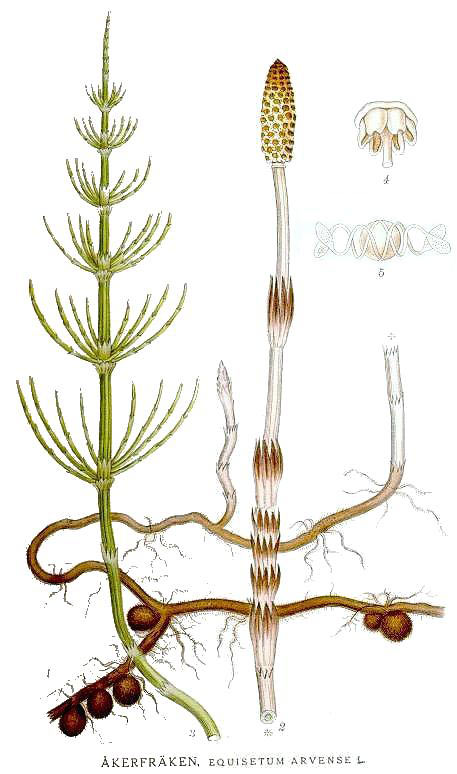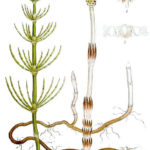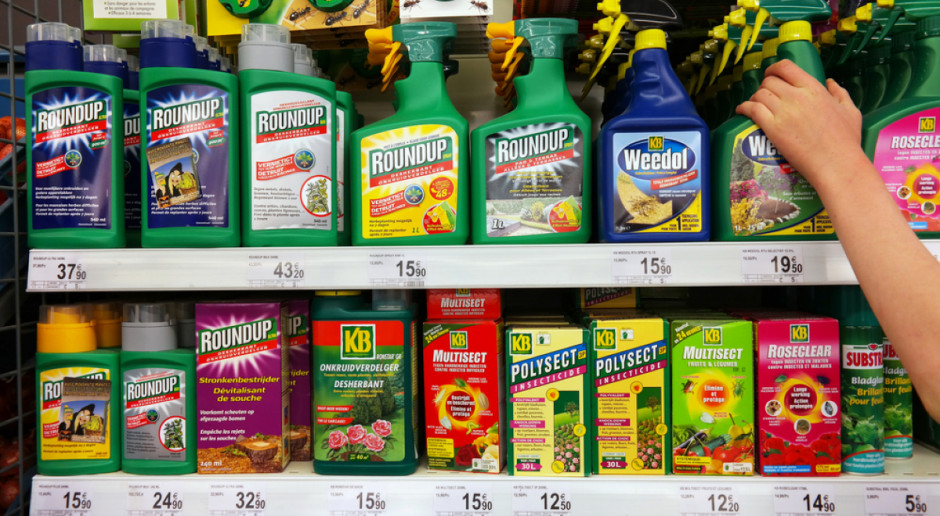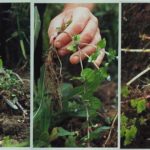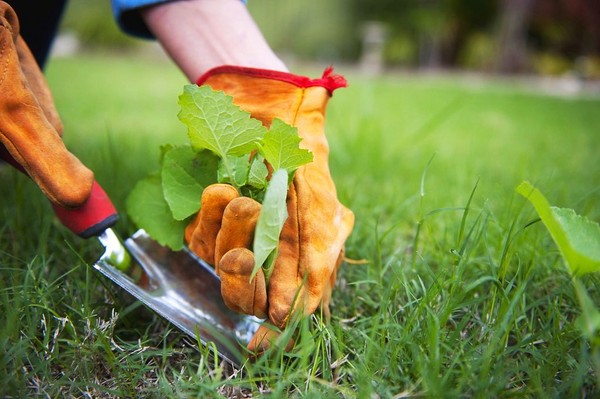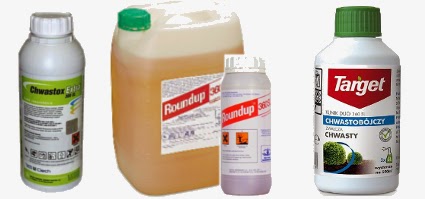 Chwasty – Wyjątkowe sytuacje.
Chwasty – Wyjątkowe sytuacje.
Zarośla, resztki i odrośla.
Chwasty wieloletnie o zdrewniałych łodygach, np. chwasty kolczaste czy młode drzewa, wymagają stosowania kilku różnych metod zwalczania.
W pierwszej kolejności wykopujemy z ziemi jak największą część pnia każdej rośliny, jednorazowo oczyszczając niewielkie powierzchnie gleby. Potem odchwaszczamy je regularnie, w miarę pojawiania się kolejnych chwastów. Na koniec łączymy okrywanie ciemną folią lub agrowłókniną z przekopywaniem. Istnieją środki chwastobójcze przeznaczone specjalnie do zwalczania chwastów o zdrewniałych łodygach, zawierające glifosat i związek o nazwie sulfaminian amonu. Ten ostatni oddziałuje zarówno poprzez liście, jak i glebę. W ziemi rozkłada się do siarczanu amonowego, który stanowi dla roślin źródło azotu. Substancja ta działa przez glebę. Stosując ją, musimy zatem mieć na uwadze sąsiadujące rośliny. Z sadzeniem nowych gatunków wstrzymujemy się osiem do 12 tygodni.
Ścieżki, patia i podjazdy.
Ścieżki o utwardzonej nawierzchni to najbardziej praktyczne rozwiązanie, ponieważ nie przerastają ich chwasty. Dróżki żwirowe bądź wysypane kamiennym grysem są trudne w utrzymaniu. Wiatr nanosi na nie ziemię, w której rozwijają się nasiona chwastów. Ścieżki żwirowe możemy motykować lub – w wypadku niewielkich powierzchni -usuwać chwasty ręcznie. Większe płaszczyzny stanowią dla ogrodnika nie lada wyzwanie. Jeśli chcemy sięgnąć po herbicydy, sprawdzą się preparaty zawierające glifosat. Chloran sodu działa zarówno na chwasty jednoroczne, jak i wieloletnie, lecz pod warunkiem, że stosujemy go na chwasty we wczesnej fazie wzrostu. Pamiętajmy przy tym, że na glebie potraktowanej chloranem sodu niczego nie możemy sadzić przez następne sześć miesięcy. Niektóre preparaty są mieszanką herbicydów systemicznych, które poprzez części nadziemne roślin wnikają do systemów korzeniowych, herbicydów glebowych, a czasami także przed-wschodowych, niszczących kiełkujące chwasty, zapewniając wysianym roślinom wzrost w optymalnych warunkach. Odpowiednie informacje znajdziemy na ulotkach dołączanych do preparatów.
Trawniki.
Od trawników oczekuję jedynie, że będą to mniej więcej płaskie, zielone powierzchnie. Nie przeszkadzają mi stokrotki czy koniczyna. Wielu właścicielom ogrodów zależy jednak na idealnym wyglądzie trawnika. Zdarza się również, że nieodpowiednia gleba zmusza ogrodników do nieustannej walki z agresywnymi chwastami. Dla wszystkich jest do wyboru szeroka gama selektywnych środków chwastobójczych, które już po pierwszym użyciu zahamują wzrost koniczyny, lucerny nerkowatej, stokrotek czy mniszka lekarskiego na okres od połowy wiosny do początku lata. Zwykle z trawnika potraktowanego takim środkiem dzieci i zwierzęta domowe mogą korzystać zaraz po zabiegu. Niemniej zawsze uważnie czytajmy ulotkę dołączoną do preparatu. Sama nie pozwoliłabym mojej śwince morskiej zajadać się taką trawą. W ulotce znajdziemy także informacje dotyczące tego, co zrobić po zabiegu ze skoszoną trawą, której nie możemy umieszczać w kompostowniku. Z reguły producenci podają również minimalne okresy kompostowania kolejnych pokosów. Są one gwarancją tego, że zanim zastosujemy taki kompost do nawożenia roślin uprawianych w ogrodzie, nie będzie zawierał środków chemicznych. Wiele zagadkowych klęsk na rabatach można wyjaśnić zastosowaniem zanieczyszczonej skoszonej trawy jako ściółki.
